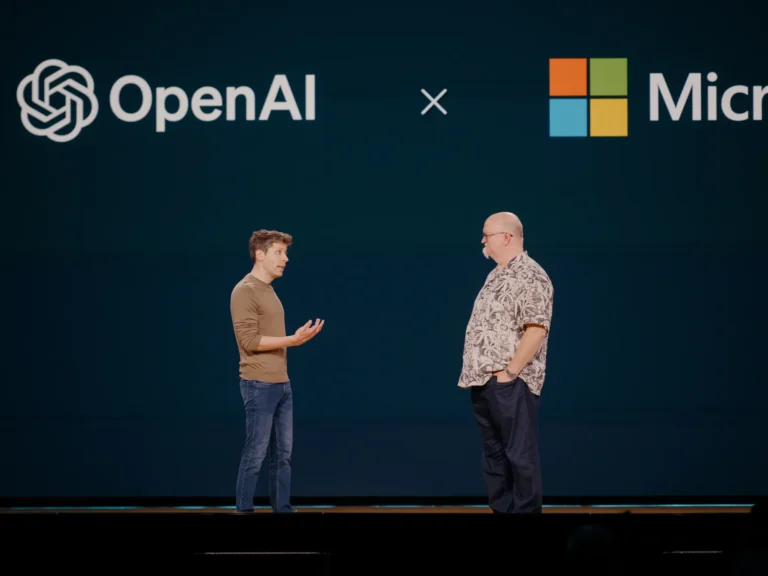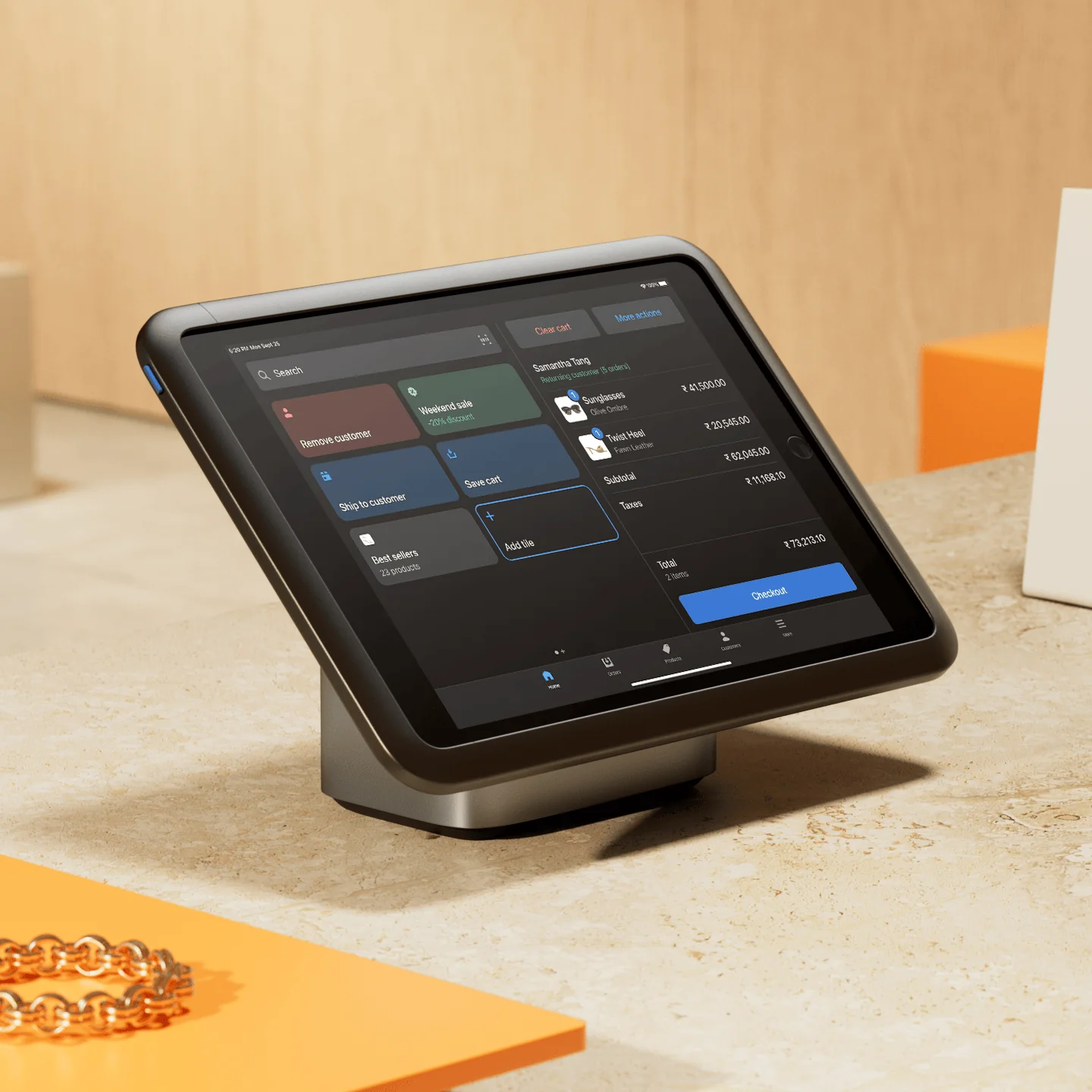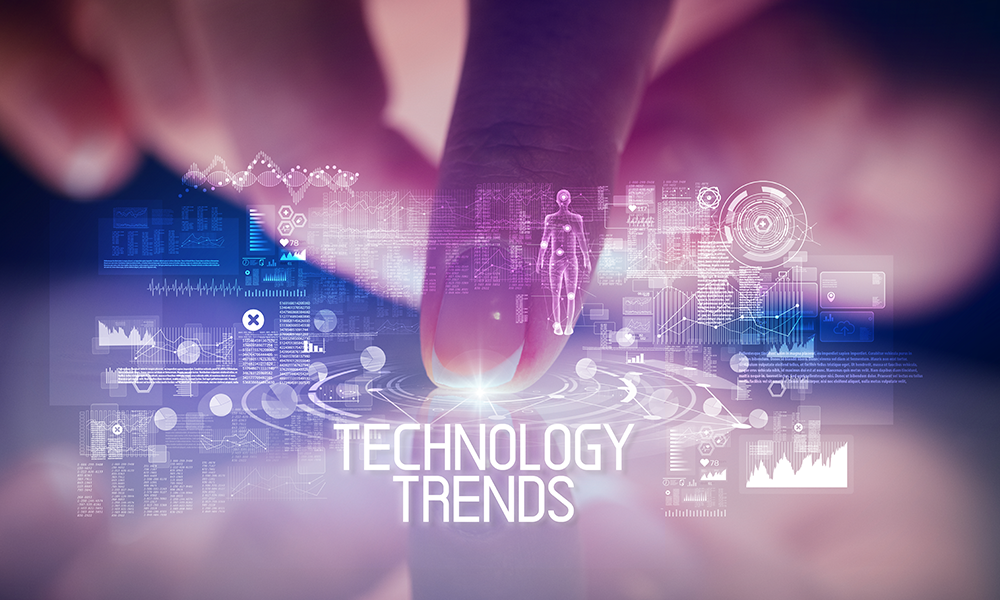Microsoft and OpenAI recently announced adjustments to their partnership, allowing OpenAI to access competitors’ compute resources. This new agreement grants OpenAI the ability to build additional capacity for research and model training, while Microsoft retains exclusive rights to OpenAI’s technology for products like Copilot. The partnership, extending through 2030, also includes a two-way revenue-sharing arrangement, with Microsoft receiving 20% of OpenAI’s revenue.
In a move to bolster their capabilities, OpenAI, along with Arm, Microsoft, Nvidia, Oracle, announced a joint venture to establish a system of data centers in the U.S. named Starbase. This initiative reflects the significant compute requirements OpenAI faces in developing advanced AI models to cater to a broad user base. The partnership with Oracle earlier in the year, with Microsoft’s approval, aimed to address the need for enhanced computing power.
Despite the collaborative efforts, reports surfaced about strains in the Microsoft-OpenAI relationship, particularly after OpenAI CEO Sam Altman’s brief departure. Financial pressures at OpenAI, concerns about stability, and internal tensions between employees of both companies contributed to the perceived friction. Microsoft’s strategic hiring of Inflection CEO Mustafa Suleyman further fueled tensions within OpenAI leadership, including Altman.
Furthermore, the partnership’s unique clause stipulates that if OpenAI achieves artificial general intelligence (AGI), it could restrict Microsoft’s access to post-AGI models generating over $100 billion in profits. Originally intended to prevent commercialization of powerful AI, OpenAI is reportedly contemplating removing this provision to secure additional funding from Microsoft. This evolving partnership between Microsoft and OpenAI underscores the complexities and dynamics inherent in collaborations at the forefront of AI innovation.
Loading the Elevenlabs Text to Speech AudioNative Player…





